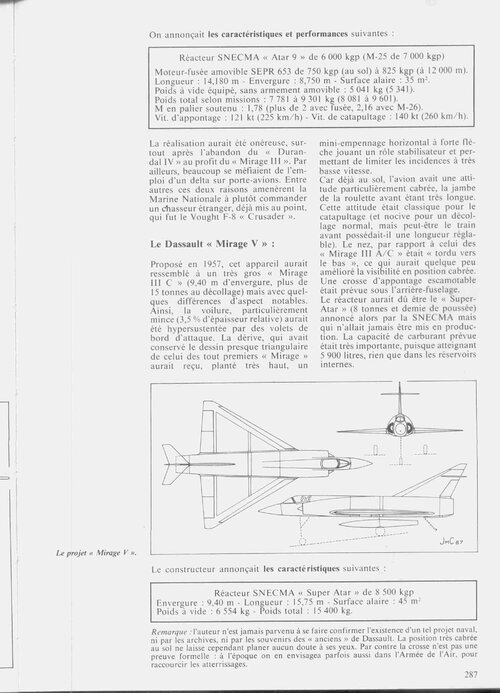June 9, 1958
Washington, DC, USA
President Eisenhower was furious. The CIA had blatantly ignored his orders and committed American personnel to the operation in Indonesia. And now one of those men had been executed. The man had been dead for nearly a month and the Indonesians had only just now informed them of that fact! Of course, they had apologized profusely for the oversight of course. They claimed that the proper notification had been duly sent out but due to the unrest in their country, it was lost in the labyrinth that made up any bureaucracy.
Will he order all CIA agents who are still in Indonesia out of the country, if there are still any left.


